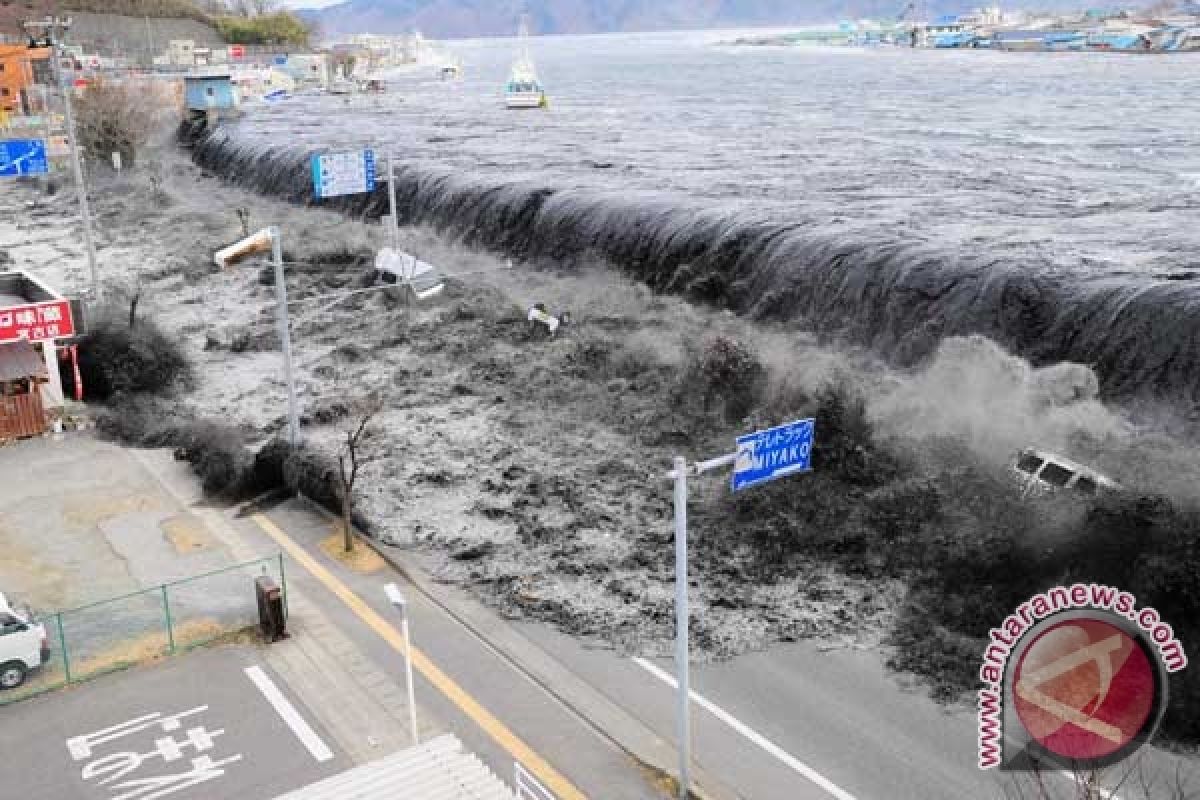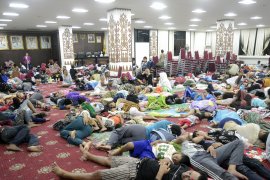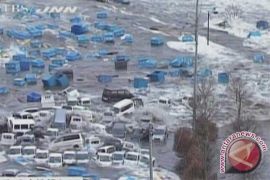The migrant workers of Southeast Sulawesi were generally employed at Japanese factories or the informal sectors since 2006.Kendari, SE Sulawesi (ANTARA News) -The fate of 55 Indonesians of Southeast Sulawesi province working in Japan is still uncertain in the aftermath of the recent earthquake and tsunami.
"We keep coordinating with our workforce and transmigration ministry in our efforts to find out about the fate of our migrant workers," Head of the Southeast Sulawesi Workforce and Transmigration Agency Zainal Abidin said here Wednesday.
He said the related authorities from the ministry in Jakarta was not yet able to clarify whether or not they were among those falling victim to the deadly earthquake and tsunami, which struck Japan on March 11.
The migrant workers of Southeast Sulawesi were generally employed at Japanese factories or the informal sectors since 2006, he said.
Despite their uncertain fate, Zainal Abidin called on all people of Southeast Sulawesi to pray for their safety.
According to the Indonesian foreign ministry, there were about 31,517 Indonesians currently living in Japan.
On the day of the massive earthquake and tsunami which hit certain parts of Japan, the fate of Indonesian students there immediately caused the concern of the Indonesian people and government.
According to Titin Septiana Rahmawati, a graduate of Takushoku University, Indonesian students in Tokyo and Sendai were reportedly safe and secure.
She said she managed to get in touch with her colleagues in Tokyo and Sendai shortly after the quake.
Titin said she happened to be in Yogyakarta when the 8-9-magnitude earthquake struck Japan.
However, she was able to know her colleagues` condition through Skype, Facebook Yahoo Messenger and Mailing List, she said.
In another development, CNN and Kyodo News Agency quoted Prime Minister Naoto Kan as saying that rescue workers had saved about 15,000 people.
However, more than 450,000 people were staying at shelters because their houses had been destroyed or badly damaged by the earthquake and tsunami.(*)
Editor: Heru Purwanto
Copyright © ANTARA 2011








